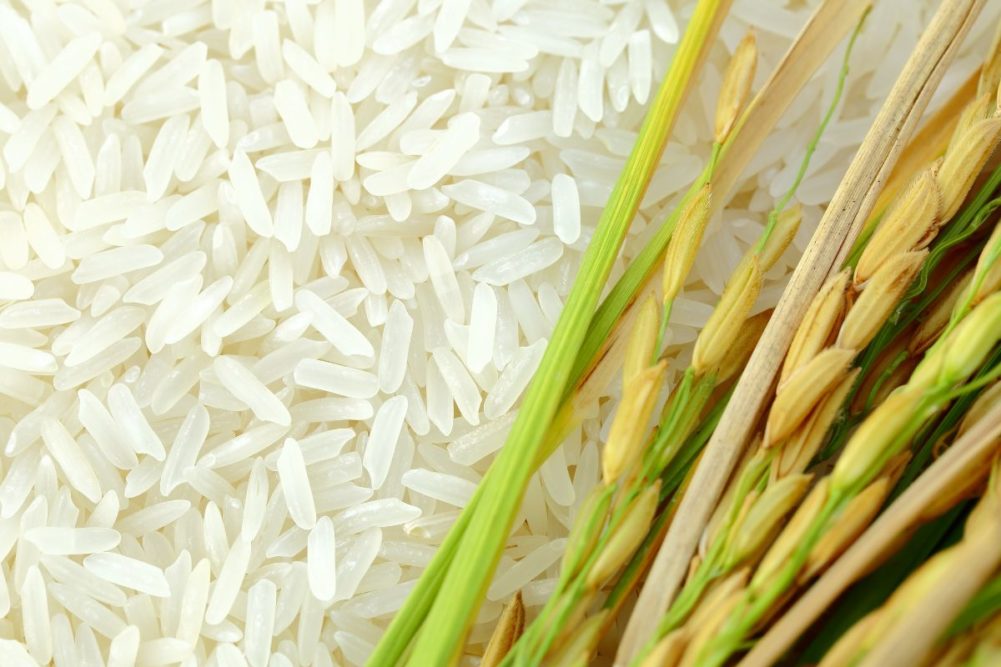LONDON, ENGLAND – Global rice prices are at their highest level overall since 2011, with Indica leading the latest rise amid concerns over the potential effect of El Niño.
In its June 16 Rice Advocate publication, the US Rice Producers Association forecast “price convergence on all parts for the major exporters in the Western Hemisphere; that is to say, US long grain prices will fall, and South American prices will rise.”
“Production hiccups due to drought in some of the major exporting regions in South America have constricted exportable supply, so firming prices are in the future for this region,” US Rice added. “Brazil is down 7% year-over-year and Argentina is down 20% year-over-year, for an expected total supply reduction of approximately 5%. None of this will come to pass until close to harvest, while right now we wait on a stagnant paddy market and a quiet export market with tight supplies to blame.”
Reporting in its June 2 Rice Price Update, the United Nations Food and Agriculture Organization (FAO) said rice quotations in May were up 2.9% from April and at their highest level since October 2011.
“Indica quotations drove May’s Index increase, rising 3.2% above their April values,” the FAO said. “Nevertheless, Aromatic prices strengthened by a similar margin, while glutinous quotations edged up by 1.4% following an uptick in Chinese demand.
“By contrast, Japonica quotations shed 1.8% of their April level, weighed by generally low buying interest and some stock liquidation in California.”
The FAO reported that “export prices of Indica rice were generally higher in all the major Asian origins during May, as suppliers executed previously sealed deals with Asian buyers and concerns over the potential production impacts of the emergence of an El Niño phenomenon spread.”
The biggest increases were in Vietnam and Pakistan, “as a tightening of supplies lent additional support to prices in these origins,” the FAO added. “In the case of Pakistan, they aggravated pressure exerted by a volatile rupee, elevated inflationary pressure and heightened local demand for rice as a substitute for wheat flour.
“This propelled Pakistani quotations to levels not seen since September 2008, rendering them the highest-priced Asian offers of Indica rice. Increases tended to be more moderate in Thailand and India, as they were capped in Thailand by a dearth in fresh sales and, in India, by increased Rabi arrivals, following some rain-induced harvest delays.”
Reporting mixed market sentiment in the Americas, the UN organization said that “sluggish demand kept prices under downward pressure in the United States and in Brazil, where they offset the influence of a further appreciation of the real against the US dollar. Conversely, offers continued to strengthen in Uruguay and Argentina, underpinned, in the former, by a strong pace of sales and, in Argentina, by drought-induced supply concerns.”
The International Grains Council (IGC) in its May 18 Grain Market Report reported a 2% increase in its index of global rice prices in the preceding month.
“In Thailand, fob prices for 5% broken firmed by $15, to $494 fob Bangkok, owing to strength in the domestic market as exporters purchased supplies to cover previously agreed sales, albeit as fresh demand remained subdued,” the IGC said. “Indian prices were mixed, as tight export availabilities supported white rice, while slow buying interest ahead of rabi-crop harvesting weighed on parboiled values.
“Elsewhere, offers in Pakistan were underpinned by tight supplies, while Vietnamese quotations ticked higher on local market strength.”
Chris Lyddon is World Grain’s European correspondent. He may be contacted at: [email protected].






